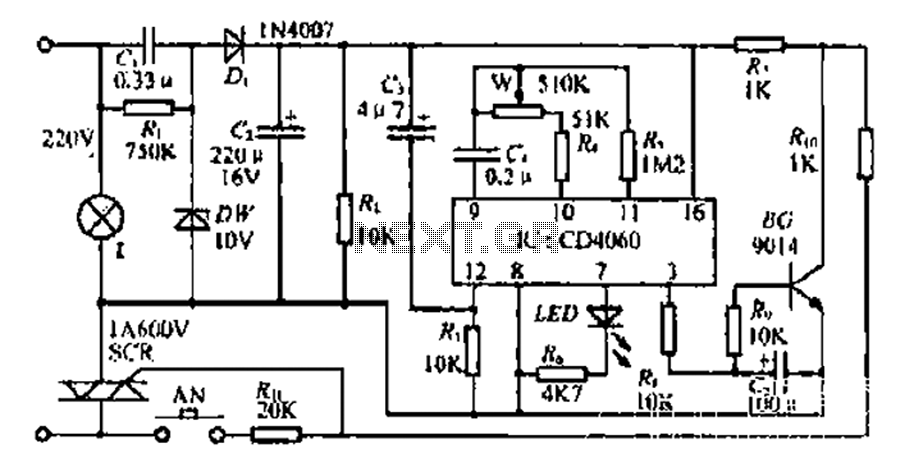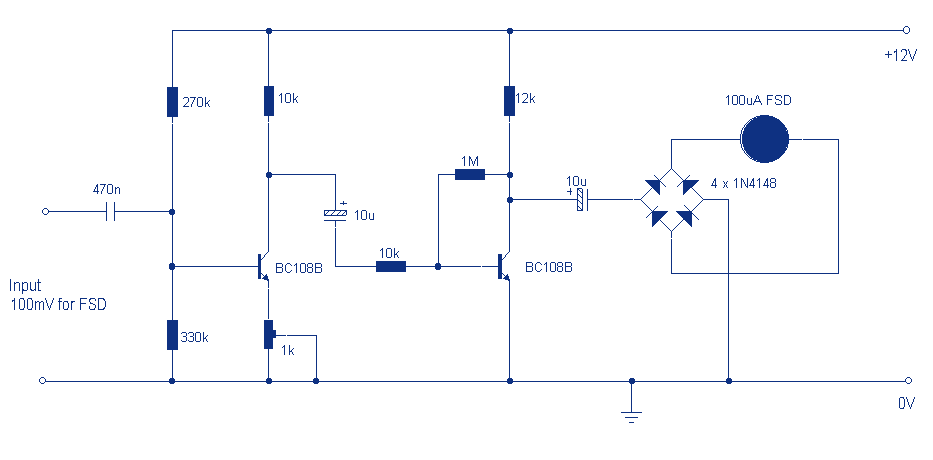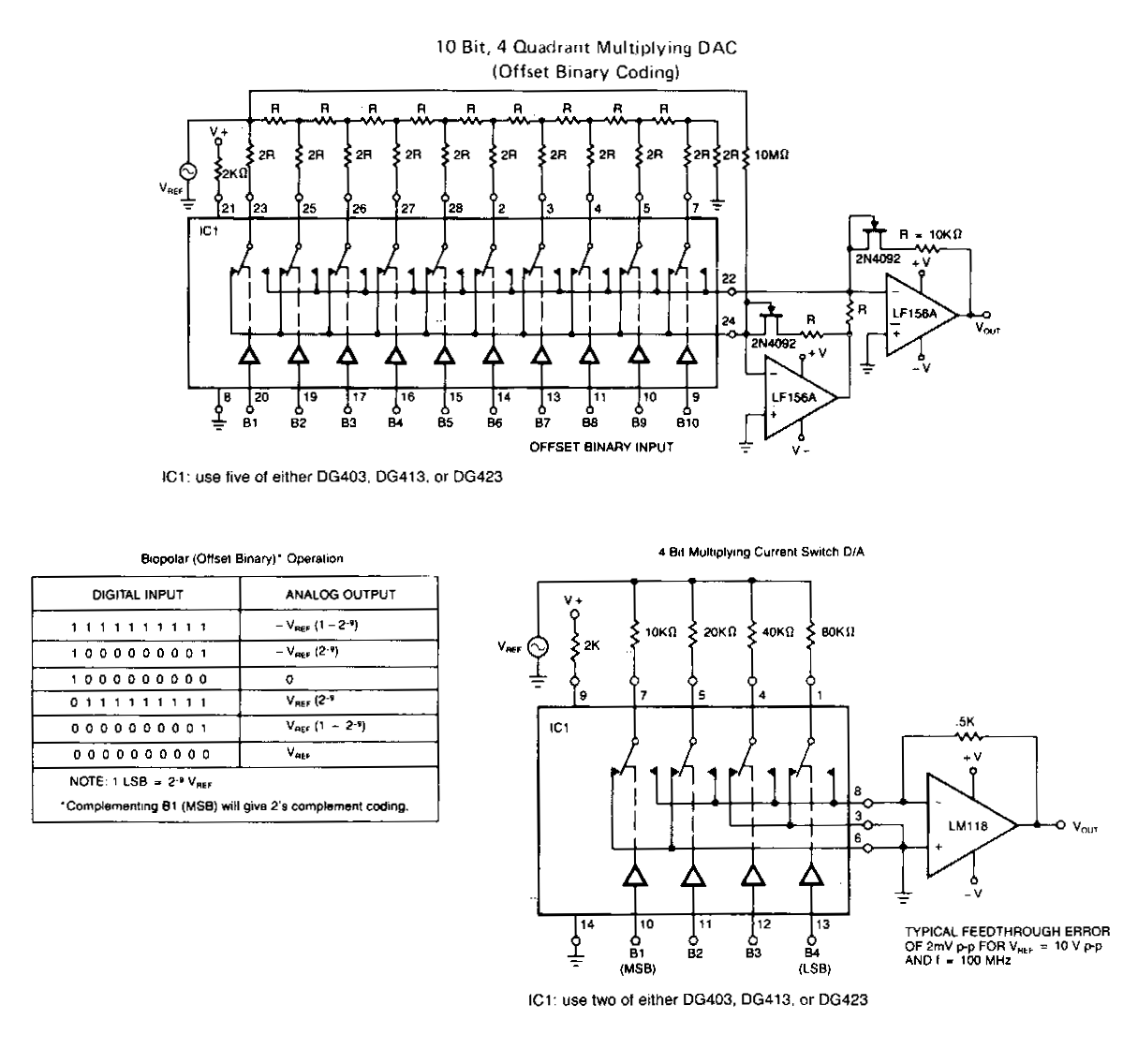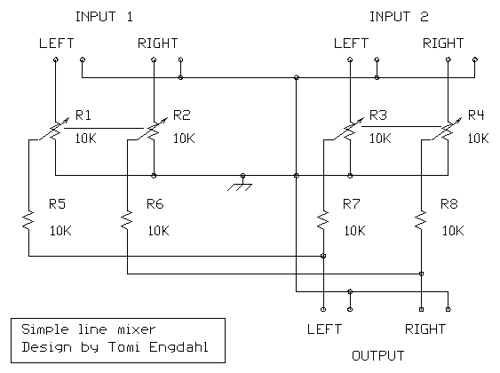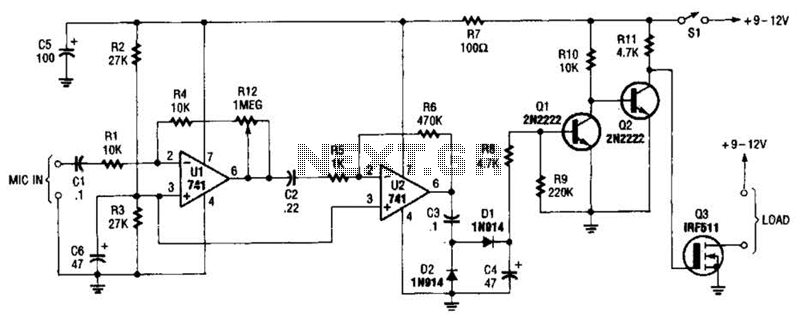
Analog Audio Delay Line(3d Sound)
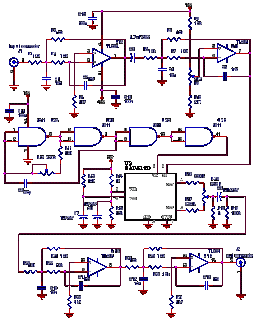
Utilizing an analog audio line delay, it is possible to virtually adjust the size of a room. By simply turning a knob on the audio equipment, one can modify the perceived room size. The circuit described herein facilitates this illusion, creating the effect that the speakers are positioned 15 meters behind the listener, despite the actual room being only 3 meters wide. The schematic diagram of the circuit is included. The core component of this circuit is the SAD512D integrated circuit, which serves as an analog audio delay. This chip employs a memory of 512 capacitors to retain 512 sampled analog signals. The delay can be adjusted from approximately 5.1 ms to 51 ms using the R12 potentiometer. The input of this analog delay circuit should be supplied with a mixed signal from the right and left channels of a stereo system. The output of this circuit is then directed to a small power amplifier, and the output speaker should be positioned behind the listener. This setup allows for the perception of the speaker being 15 meters away when the maximum delay setting is used. If two units are constructed and cascaded, a virtual room expansion of 30 meters can be achieved. The circuit comprises three main blocks. The first block (U1A, U1B) functions as a fourth-order low-pass filter, with a roll-off of -24 dB per octave and a cutoff frequency of 2.5 kHz. The second block is the adjustable analog delay integrated circuit (SAD512D). The delay is regulated by the oscillator surrounding U2, which can be adjusted from 5 kHz to 50 kHz. The final block is similar to the first, being another low-pass filter with a 2.5 kHz cutoff frequency. A variable resistor, R9, is included to adjust the input offset, preventing signal clipping and optimizing the audio range. For optimal adjustment, the input should be fed with a high-level audio signal until distortion occurs, then R9 should be adjusted to minimize this distortion. Alternatively, if an oscilloscope is available, R9 should be adjusted until clipping is equal for both the positive and negative cycles. Finally, R28 should be adjusted to minimize sampling clock noise.
The circuit's architecture is designed to create a seamless audio experience that enhances the listener's perception of space. The SAD512D integrated circuit is pivotal, as it provides the necessary delay to simulate distance. The use of a fourth-order low-pass filter in the initial and final blocks ensures that high-frequency noise is attenuated, preserving the integrity of the audio signal while allowing for the desired delay. The adjustable delay feature allows for customization based on the specific acoustic characteristics of the environment.
The variable resistor R9 is crucial for maintaining audio fidelity, as it allows for precise control over the input signal's offset. This adjustment is essential to prevent distortion that could arise from excessive signal levels, thus ensuring a clear and pleasant listening experience. The cascading of two units to achieve a 30-meter virtual room effect demonstrates the circuit's scalability and versatility, making it suitable for various applications, from home theater systems to sound design in professional settings.
In summary, this circuit not only provides a practical solution for simulating larger acoustic spaces but also emphasizes the importance of careful tuning and adjustment to achieve optimal audio performance. The integration of advanced components, such as the SAD512D, alongside thoughtful circuit design, results in a sophisticated audio processing tool that can enhance the listener's experience significantly.Using analog audio line delay, you can adjust your room virtually. Just turn a knob in your audio set and you can adjust your room size. The circuit described here will make your dream come true, giving a feel that your speaker is located 15 meters behind you, even though your room is actually 3 meters wide. Here is the circuit`s schematic diagram. The core of this circuit is SAD512D integrated circuit, an analog audio delay. The chip uses 512 capacitors memory to hold 512 sampled analog signal. The delay can be adjusted from about 5, 1 ms to 51 ms by R12 pot. Feed the input of this analog delay circuit with a mixed right and left audio signals from your stereo system. The output of this circuit then fed to a small power amplifier and place the output speaker behind you.
Now you can perceive like your speaker is 15 m away behind (with maximum delay setting). If you build two unit the cascading the circuit will result in 30 meter expansion of your virtual room. The circuit consist three main block. The first block (U1A, U1B) is a fourth order low pass filter (-24dB roll-off per octave) with 2. 5kHz cut off frequency. The second block is the adjustable analog delay integrated circuit (IC SAD512D). The delay is controlled by the oscillator around U2 which is adjustable from 5KHz to 50Khz. The last block is similar to the first block, a low-pass filter with 2. 5KHz cut off frequency. A variable resistor R9 is provided to adjust the input offset, avoiding signal clipping and maximizing the audio range.
For easy adjustment, feed the input with high level audio signal until the output is distorted, then adjust R9 until the distortion is minimum, or if an oscilloscope is available, adjust the R9 until the clipping is equal for both positive and negative cycle. Finally, adjust R28 to give minimum sampling clock noise. 🔗 External reference
The circuit's architecture is designed to create a seamless audio experience that enhances the listener's perception of space. The SAD512D integrated circuit is pivotal, as it provides the necessary delay to simulate distance. The use of a fourth-order low-pass filter in the initial and final blocks ensures that high-frequency noise is attenuated, preserving the integrity of the audio signal while allowing for the desired delay. The adjustable delay feature allows for customization based on the specific acoustic characteristics of the environment.
The variable resistor R9 is crucial for maintaining audio fidelity, as it allows for precise control over the input signal's offset. This adjustment is essential to prevent distortion that could arise from excessive signal levels, thus ensuring a clear and pleasant listening experience. The cascading of two units to achieve a 30-meter virtual room effect demonstrates the circuit's scalability and versatility, making it suitable for various applications, from home theater systems to sound design in professional settings.
In summary, this circuit not only provides a practical solution for simulating larger acoustic spaces but also emphasizes the importance of careful tuning and adjustment to achieve optimal audio performance. The integration of advanced components, such as the SAD512D, alongside thoughtful circuit design, results in a sophisticated audio processing tool that can enhance the listener's experience significantly.Using analog audio line delay, you can adjust your room virtually. Just turn a knob in your audio set and you can adjust your room size. The circuit described here will make your dream come true, giving a feel that your speaker is located 15 meters behind you, even though your room is actually 3 meters wide. Here is the circuit`s schematic diagram. The core of this circuit is SAD512D integrated circuit, an analog audio delay. The chip uses 512 capacitors memory to hold 512 sampled analog signal. The delay can be adjusted from about 5, 1 ms to 51 ms by R12 pot. Feed the input of this analog delay circuit with a mixed right and left audio signals from your stereo system. The output of this circuit then fed to a small power amplifier and place the output speaker behind you.
Now you can perceive like your speaker is 15 m away behind (with maximum delay setting). If you build two unit the cascading the circuit will result in 30 meter expansion of your virtual room. The circuit consist three main block. The first block (U1A, U1B) is a fourth order low pass filter (-24dB roll-off per octave) with 2. 5kHz cut off frequency. The second block is the adjustable analog delay integrated circuit (IC SAD512D). The delay is controlled by the oscillator around U2 which is adjustable from 5KHz to 50Khz. The last block is similar to the first block, a low-pass filter with 2. 5KHz cut off frequency. A variable resistor R9 is provided to adjust the input offset, avoiding signal clipping and maximizing the audio range.
For easy adjustment, feed the input with high level audio signal until the output is distorted, then adjust R9 until the distortion is minimum, or if an oscilloscope is available, adjust the R9 until the clipping is equal for both positive and negative cycle. Finally, adjust R28 to give minimum sampling clock noise. 🔗 External reference
